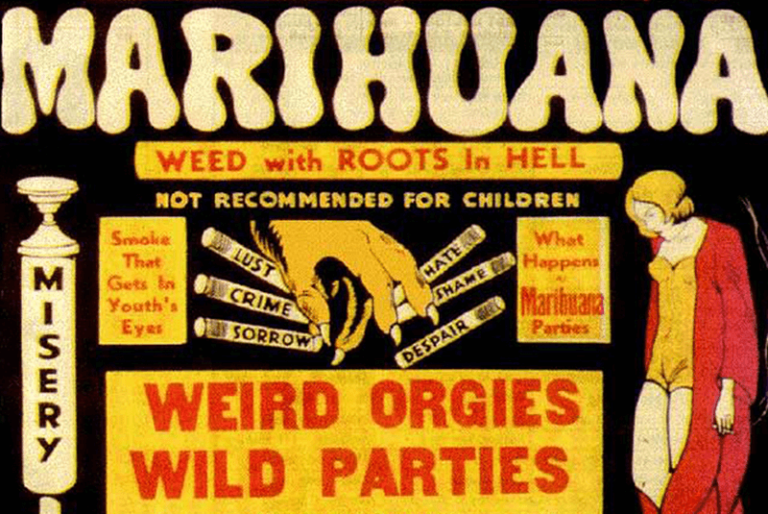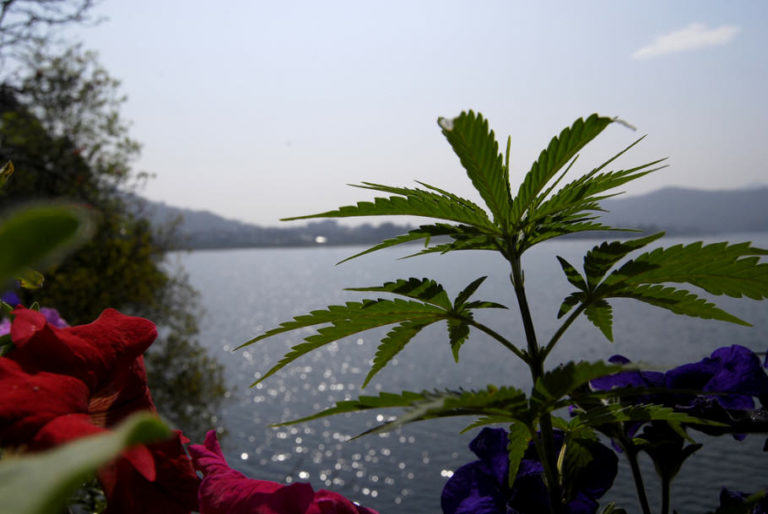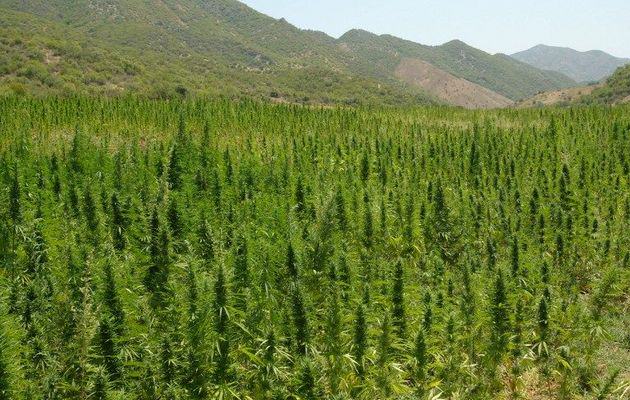History of the medicinal use of cannabis
List of contents
Cannabis or marijuana has been accompanying mankind for more than 10,000 years, which has found the myriad of uses of this plant, either at recreational, medicinal or industrial level. The first evidences of cannabis were found in Asia, so it is not strange that the first written references we have about cannabis come from this area, especially from China and India.
Although the first traces of the use of hemp date back to about ten thousand years before Christ, the first written reference to its medicinal use is found quite later, around the year 2737 BC. Still, it isn't difficult to imagine that the therapeutic traits of cannabis had been discovered discovered rather earlier.
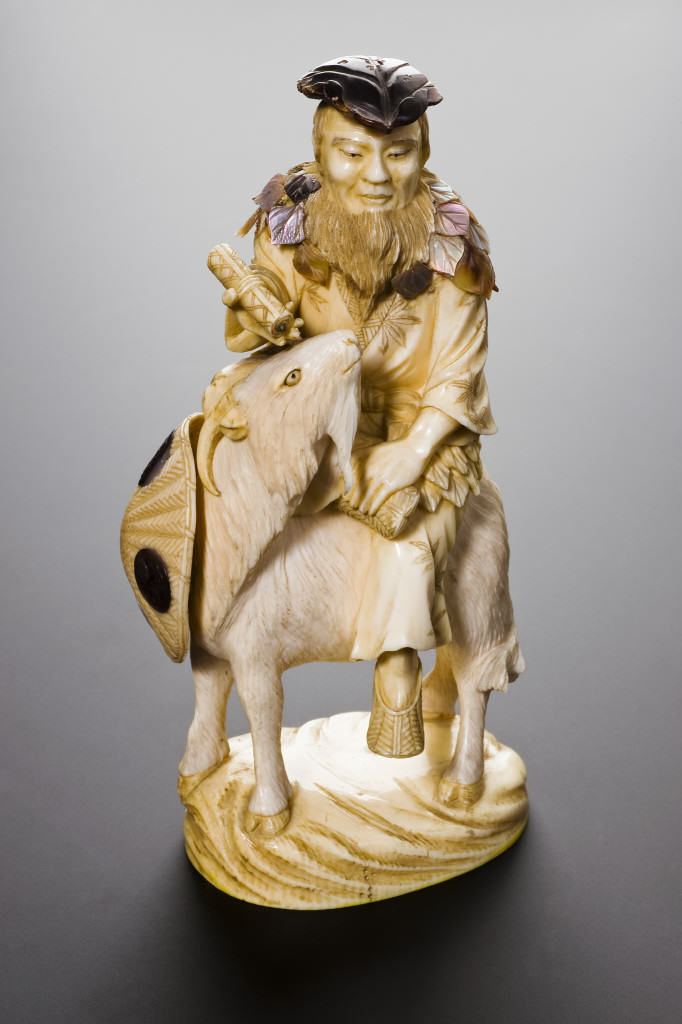
First medicinal uses of cannabis
As we mentioned about the therapeutic use of hemp, we know that it was already contained in the pharmacopoeia of Shen Nung, Chinese emperor and father of the Chinese medicine, who compiled his knowledge of medicinal plants in a book written in 2737 BC. The legend says that, apart from discovering the medicinal properties of cannabis, Shen Nung also investigated the properties of ginseng and ephedra. The first written reference of the medicinal use of cannabis is also found in the Chinese Pharmacopoeia, the Rh-Ya, in 1500 BC.
From this point, we found a series of cases in which this plant is recognized as an effective remedy for many ailments. The Ebers Papyrus, dated about 1500 BC and written by the Egyptians, mentions the medicinal properties of marijuana, for example, describing how to use it on a suppository to relieve hemorrhoids. In 1450 BC, in the Book of Exodus, a sacred ointment made of Kaneh-Bosem - a word that numerous and reputable specialists have identified as hemp - is mentioned. But, back to Egypt, traces of cannabis pollen have been also found in the tomb of Ramses II, who died in 1213 BC. We also know that Bhang was used in India since the year 1000 BC, a drink made of milk and marijuana used as anesthetic or anti-phlegmatic.
The medicinal use of hemp soon spread westwards, leaving clear evidence of this fact: in the Middle East, the Persian prophet Zoroaster (Zarathustra) wrote the Zend-Avesta in the 7th century BC, a religious text strongly influenced by the Vedas, in which Bhang is mentioned and cannabis is classified as the most important among 10,000 medicinal plants in one of its volumes, the Venidad. The first detailed written work explaining the properties of the hemp in India dates back to 600 BC, the Treatise of Ayurveda medicine in Sushruta Samhita.
Approximately 500 years BC, hemp is introduced in northern Europe by the Scythians (probably confirming the tales of Herodotus), and already in 200 BC we find references in texts of the ancient Greeks about the benefits of cannabis to treat numerous diseases.
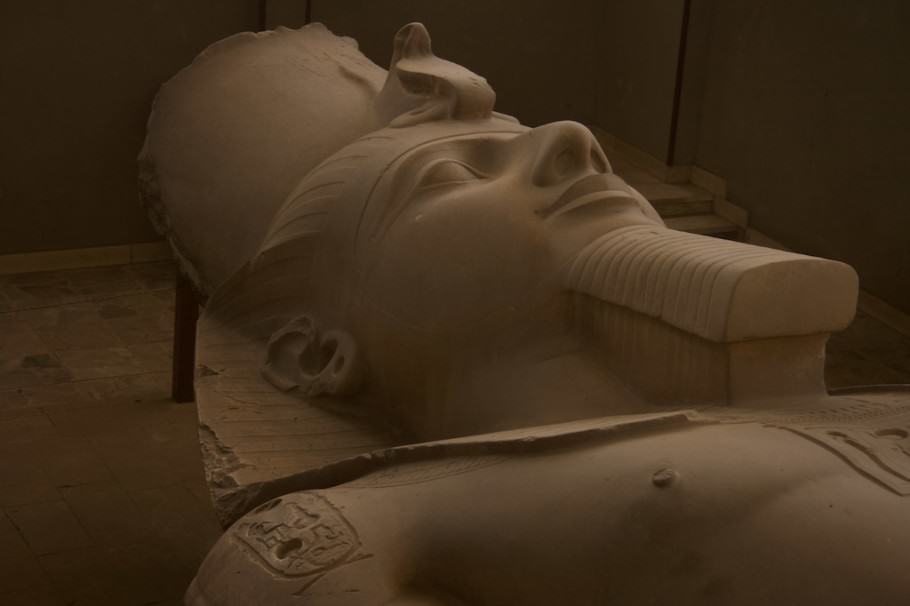
Therapeutical cannabis in our era
The advance of hemp continues unstoppable for centuries, allowing us to find dozens of examples of the different uses that have been given to this plant in many territories and cultures. In China - which would likely be cradle of marijuana - it is still used in the same way as in the past 3,000 years; in year 1 AC a compendium of medicinal recipes (Pen Ts'ao Ching) recommended it for more than 100 diseases, while in the 2nd century Chinese surgeon Hua T'o used the Ma-Yo as anesthetic, a mixture of wine and cannabis resin.
In Europe, hemp is also increasingly used: near the year 400, it was grown for the first time in Old Buckeham Mare, England. In the year 500, a first botanical sketch of the plant appeared in Constantinopolitanus, while near the year 600, Germans, Franks and Vikings were already manufacturing paper from hemp.
Around the year 1,000 AC, the use of medicinal cannabis in the Arab world is both normal for some people and questioned by others. Important characters like Ibn Sina (Avicenna), Omar Khayyám or Rhazès used cannabis to treat many illnesses, and this is also the time in which hashish was first used, which is manufactured by separating the marijuana resin glands from the plant material.
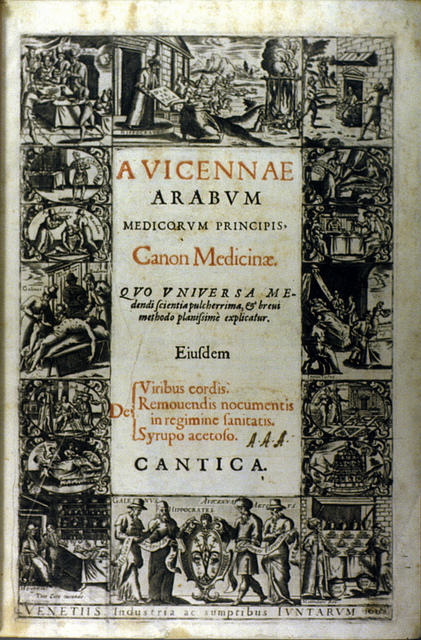
At the end of the Middle Age (15th century) - and during years - cannabis was an essential part of the remedy assortment of any worthy doctor. Naturalist William Turner, considered the first English botanist, acclaims its properties in New Herball, published in 1538. Not even a decade later, hemp is introduced in Chile and Peru by the Spaniards, and only a hundred years later (17th century) the Britons brought it to Canada and Virginia.
Medicinal cannabis in the modern age
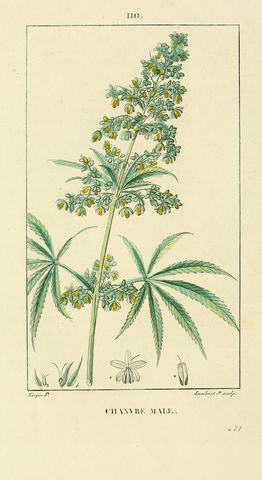
During the 19th century we observe the largest expansion of medicinal cannabis in the West, especially thanks to the contribution of Scottish military Dr. W. B. O'Shaunghnessy, who upon his return from service in India (1841-42) presented the therapeutic properties of cannabis on a massive scale in the medical field; in the subsequent 50 years, hundreds of articles about those properties were written by many experts. In fact, according to Queen Victoria's personal doctor, Sir Russell Reynolds, she often used it to alleviate menstrual pain. Until that moment, the consumption method was still ingestion, but it was during this time when the first tinctures and extracts were manufactured. In 1845, psychiatrist and "inventor" of modern psycho-pharmacology Jacques-Joseph Le Moreau de Tours (member of the renowned Club des Hashischins) gave documentary evidence about the physical and mental benefits of marijuana.
Near the end of the 19th century, cannabis gained ground in American and European pharmacopoeias as an effective remedy for dozens of diseases or illnesses, and was regularly used in a number of applications. Doctors prescribe it without any problem, and different patented extracts are available at any pharmacy or apothecary.
During the 20th century, cannabis was subjected to one of the most important and unfair persecutions ever carried out against a plant. Thanks, in part, to the efforts of the media mogul Randolph Hearst - and also to the requests from various countries before the League of Nations, like South Africa or Egypt - cannabis is gradually outlawed in several American States (California in 1915, Texas in 1919...) and European countries (England in 1925). In 1941, cannabis falls definitively out of the American pharmacopoeia.
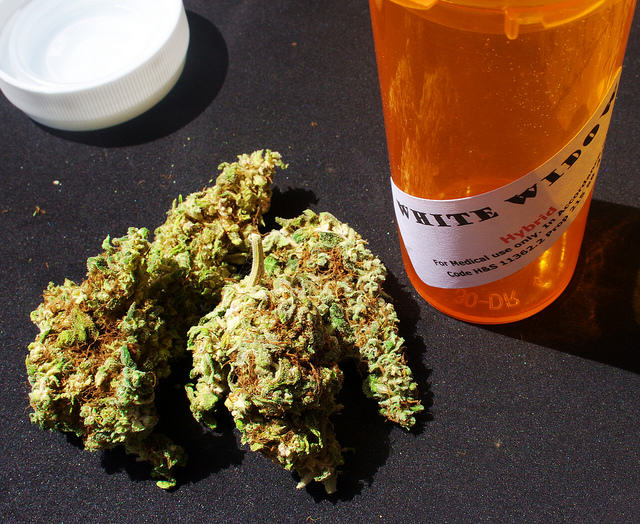
From this moment on, the number of arrested and prosecuted persons for cultivation and sale of cannabis soared wherever it had been outlawed, and its hundreds of uses seem to be "forgotten" by most, thanks in part to grotesque and ridiculous propaganda campaigns developed by governments and institutions. Fortunately, different specialists continued their research on cannabis, like professor Raphael Mechoulam and Y. Gaoni (who succeeded in isolating and synthesizing the Delta 9 tetrahydrocannabinol - THC - in 1964), Dr. Lester Grinspoon or, more recently, David Nutt, among many others.
Thanks largely to their efforts, medicinal cannabis is experiencing a comeback that was unthinkable only 30 years ago, and thousands of patients can finally use it legally to alleviate their ailments in several countries and in many states of the USA. Let us hope that this green wave will keep on its unstoppable march and soon more and more patients are allowed to choose the medicine with which they want to treat their health problems without being afraid of being prosecuted by the Law.













































